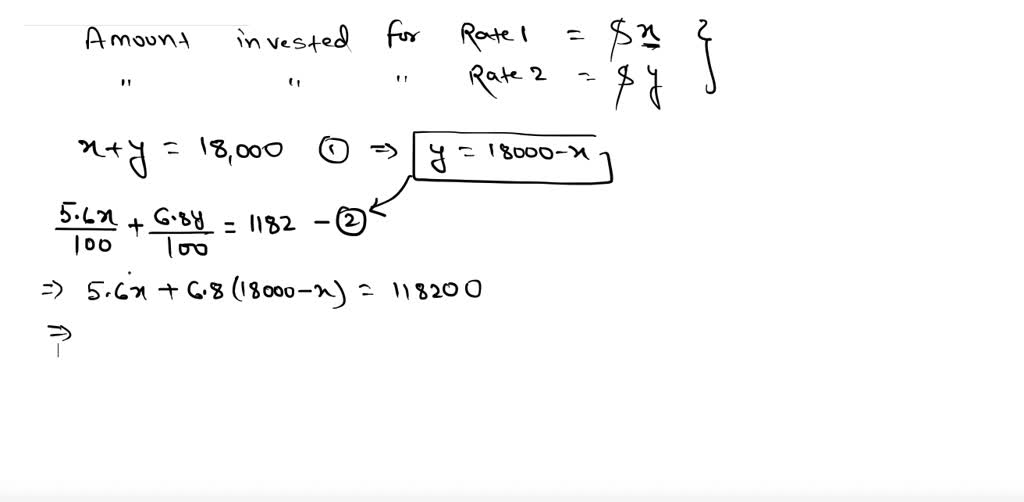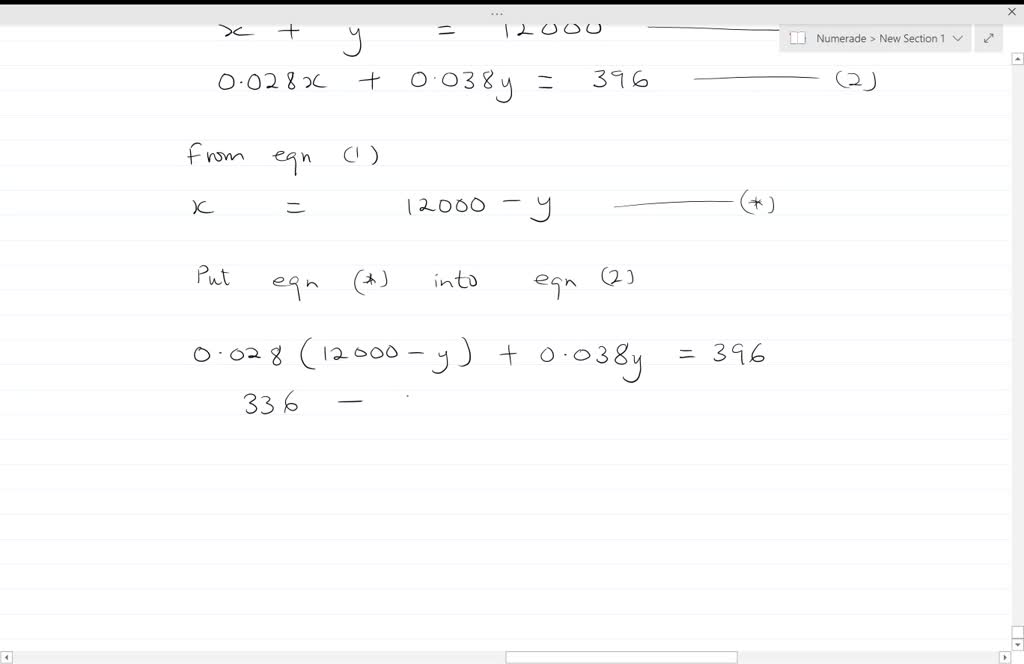How To Calculate Your Financial Gains
Understanding your earnings and how to calculate them can play a significant role in managing your finances effectively. Whether you are trying to save for a big purchase, pay off debts, or simply track your spending, knowing how much more you need to earn can be beneficial. In this article, we will explore the concept of earnings through a practical example, focusing on how someone who earned $25 can write and solve equations to figure out how much more they need to reach their financial goals.
The ability to solve equations related to your earnings can help provide clarity and insight into your financial situation. For instance, if you've earned $25 and you're aiming for a specific target, you can create an equation based on that information. This not only hones your mathematical skills but also empowers you to manage your finances more effectively.
As we delve deeper into this topic, we will break down the process of formulating and solving equations step by step. By the end of this article, you will be equipped with the knowledge to determine how much more you need to earn after initially making $25, which can be a crucial step in achieving your financial aspirations.
What is the Equation for Earnings?
To begin, let’s establish a simple equation to represent the situation. If you have earned $25, your goal might be to reach a certain amount, say $X. You can set up the equation as:
Earnings + Additional Earnings = Target Amount
In this case, the equation would look like:
25 + Y = X
Here, Y represents the additional amount you need to earn to reach your target (X).
How Do You Solve for Additional Earnings?
To solve for Y (the additional earnings), you can rearrange the equation:
Y = X - 25
By plugging in your target amount for X, you can easily find out how much more you need to earn. For example, if your target is $100:
Y = 100 - 25
Thus, Y would equal $75, meaning you need to earn an additional $75.
What are Some Practical Scenarios for Earnings?
Understanding how to calculate additional earnings can be applied in various real-life situations. Here are some common scenarios:
- Saving for a new gadget or appliance
- Budgeting for a vacation
- Paying for educational expenses
- Planning for a major life event, such as a wedding
Can You Create Complex Equations for Different Scenarios?
Absolutely! As your financial goals become more complex, so can your equations. For instance, if you're saving for a trip that costs $500 and you already have $25, your equation becomes:
25 + Y + Z = 500
In this case, Y could represent your monthly savings, and Z could represent any additional income from side jobs.
How Can You Keep Track of Your Earnings?
Keeping track of your earnings and additional amounts needed can be achieved through various methods:
- Using a spreadsheet to log your income and expenses
- Employing budgeting apps that help calculate your progress
- Maintaining a simple notebook for daily tracking
What Tools Can Help You Solve Financial Equations?
There are numerous tools available that can assist you in solving financial equations:
- Online calculators specifically designed for budgeting
- Spreadsheet software like Excel, which allows for complex calculations
- Financial planning apps that provide insights into your earnings
How Often Should You Reassess Your Financial Goals?
Regularly reassessing your financial goals is crucial. Consider reviewing your goals:
- Monthly, to adjust for any changes in income or expenses
- Quarterly, to assess your overall progress
- Annually, to set new financial targets
What are the Benefits of Tracking Your Earnings?
Tracking your earnings offers several benefits:
- Increased awareness of your financial situation
- Ability to make informed decisions regarding spending and saving
- Enhanced motivation to reach financial goals
How Can You Apply This Knowledge to Future Earnings?
By mastering the skills of writing and solving equations related to your earnings, you can apply this knowledge to future financial endeavors:
- Creating budgets based on projected income
- Setting realistic financial targets that you can achieve
- Making informed investment decisions based on calculated risks
Conclusion: What Have We Learned About Earnings?
In conclusion, understanding how to calculate your earnings and determine how much more you need to earn is an essential skill in financial management. By starting with a simple equation based on your initial earnings of $25, you can unlock a clearer path toward achieving your financial goals. The process of writing and solving equations not only enhances your mathematical abilities but also equips you with the tools needed to navigate your financial landscape confidently.



ncG1vNJzZmixn6PAtr7IZqWeq6RjsLC5jq2pnqaUnruogY6emKumlZl6c4GMsKmirJVirq%2BwjKympa6VYryvsYyoqWaln6eybrHQrpitoZ%2BjwG7AzmadoqaUYry2wIyhprBlnZa7unnMqKmeZpipuq0%3D
